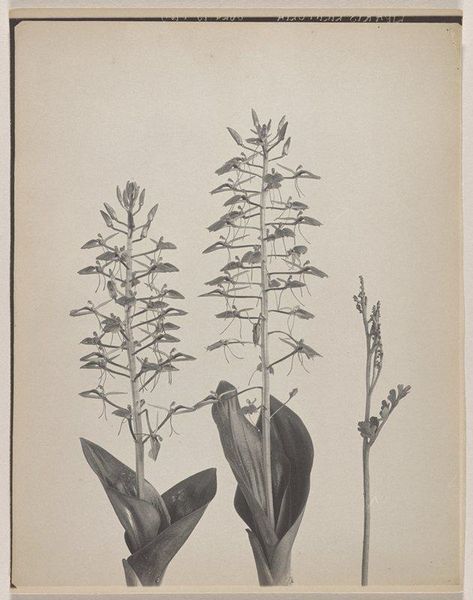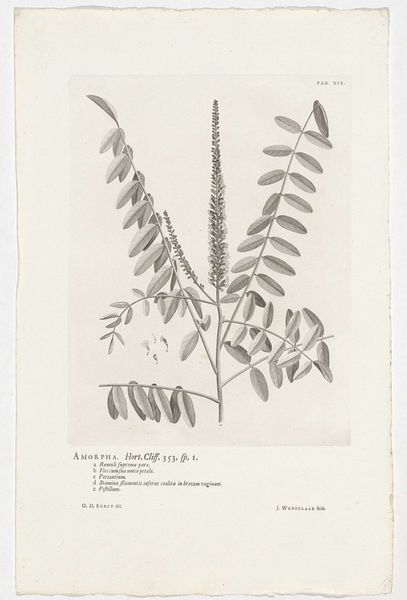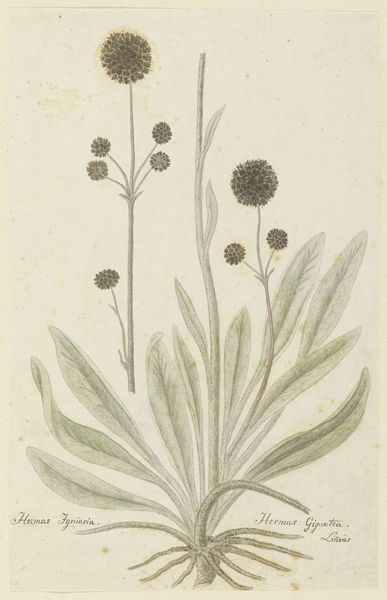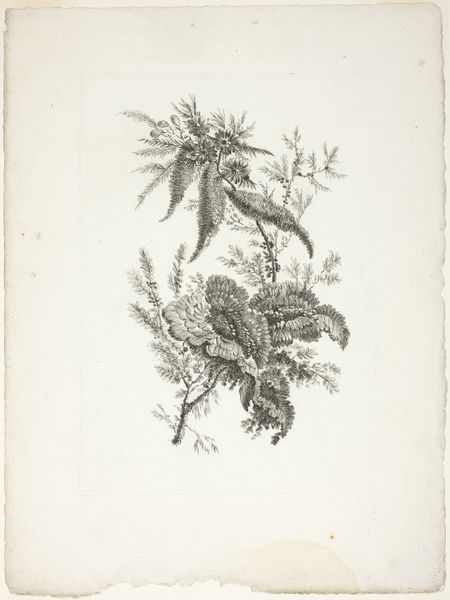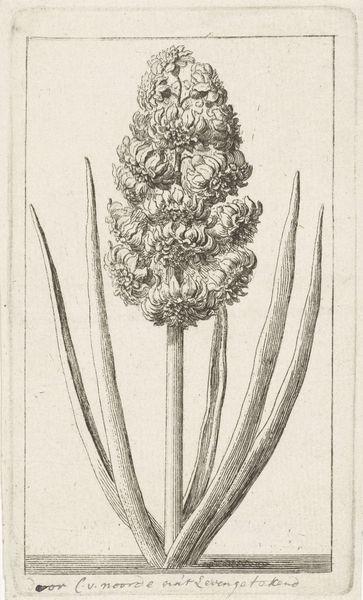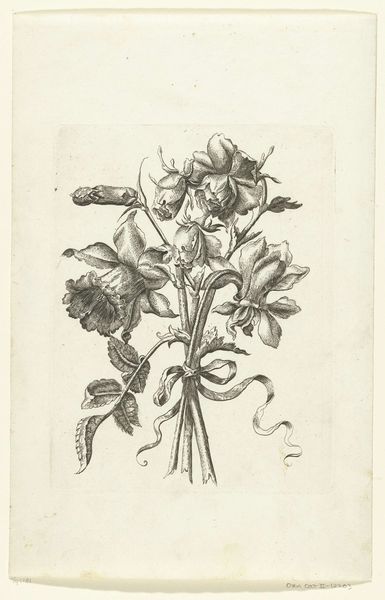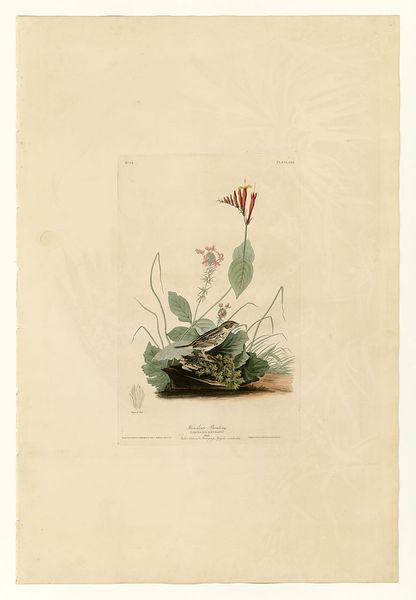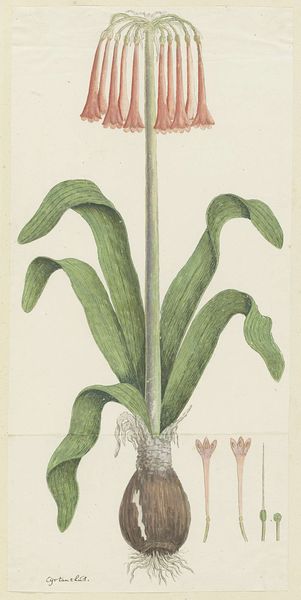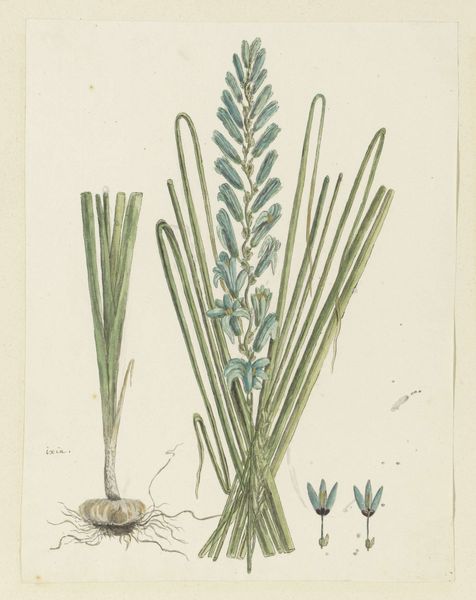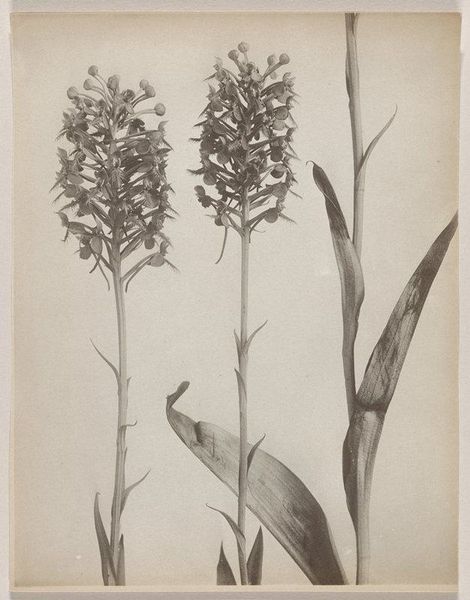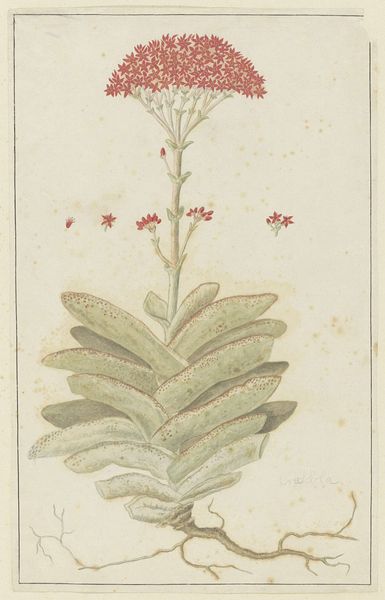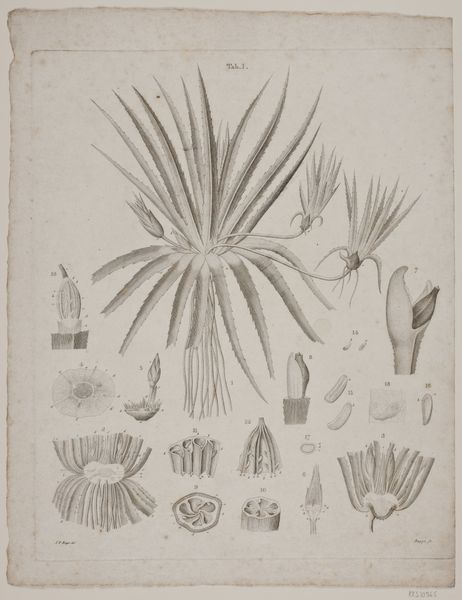
print, engraving
# print
#
engraving
#
realism
Dimensions: height 641 mm, width 425 mm
Copyright: Rijks Museum: Open Domain
Editor: This is "Botanical drawing of flowering Aloe or Agave plant," an engraving by Abraham Delfos from 1757, at the Rijksmuseum. I’m struck by the plant’s stark, almost aggressive form, yet the engraving gives it a delicate quality. What’s your take on this piece? Curator: Well, first, let’s consider the socio-political lens. Botanical drawings from this period were not merely scientific; they were deeply intertwined with colonialism and the exploitation of natural resources. The aloe, originating in the Americas, becomes a symbol of European expansion and appropriation. Doesn't this detailed rendering feel almost like an inventory, a claiming of the natural world? Editor: I hadn't thought about it that way, but it makes sense. It's not just observing, but almost possessing. How does the style—realism—contribute to this? Curator: Realism, in this context, reinforces a sense of objective truth, legitimizing the colonial project. By meticulously depicting the plant, the artist participates in a system that categorizes, controls, and ultimately commodifies nature. It's not a neutral act of observation; it's an active participation in a power dynamic. Considering it as a print, available for widespread distribution, what effect do you think that may have had on scientific, and perhaps even popular, understanding of this species? Editor: So, it’s about seeing beyond the surface beauty and recognizing the underlying power structures. I guess I was initially drawn in by the aesthetics, but there's a much deeper story here. It changes everything to know it isn't only documentation, but something so enmeshed with those historic issues. Curator: Exactly! By analyzing art through the lens of history, power, and representation, we uncover layers of meaning often hidden in plain sight. This allows us to examine our own role in perpetuating and questioning such narratives.
Comments
No comments
Be the first to comment and join the conversation on the ultimate creative platform.

